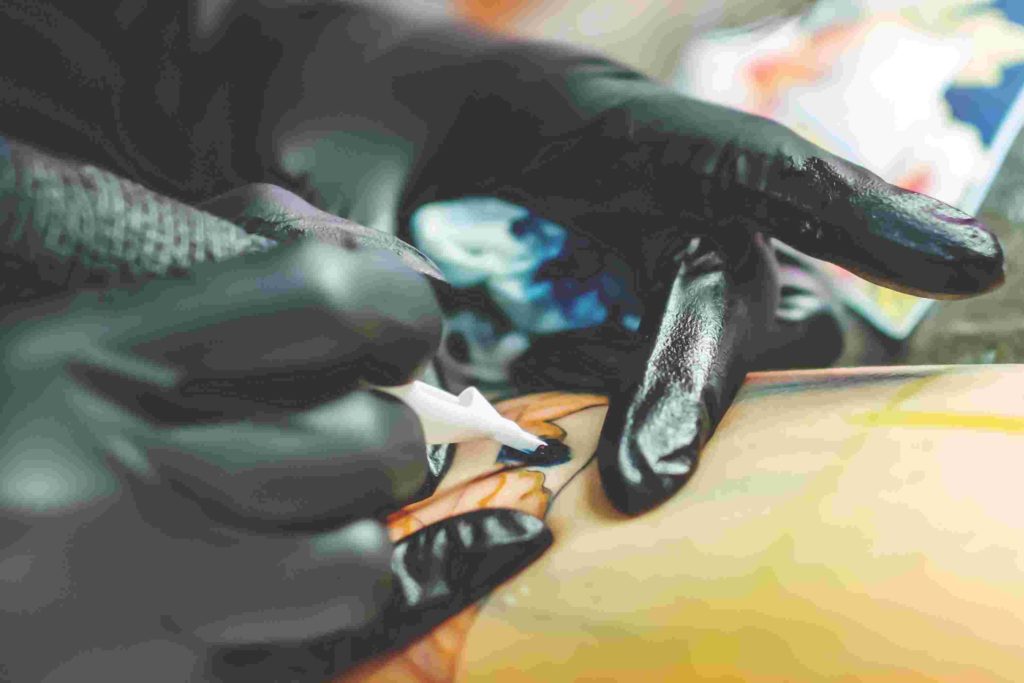The cost of getting a tattoo is a major factor to consider when deciding on your next piece. How much can you expect to pay for the artwork and labor? Is there any room for negotiation with respect to pricing? As an experienced tattoo pricing analyst, I have studied this issue extensively over the years and am now ready to provide an answer: yes, in many cases prices are negotiable.
In this article, we will look at some of the factors that contribute to the overall cost of a tattoo, as well as various strategies one may use when trying to negotiate lower rates from their artist. We’ll also go through some common mistakes made by people attempting to haggle for better deals so that you don’t fall into these traps yourself.
Ultimately, my goal here is to help equip readers with the knowledge necessary to make informed decisions when it comes time for them to get their next ink job. Let’s begin our journey together!
What To Consider When Looking For A Tattoo Artist
Deciding on the right artist to etch a permanent mark into one’s skin is a serious decision. It requires careful research and thought before committing to a particular shop or artist. When looking for an experienced tattooist, there are several criteria that should be taken into account.
When selecting a tattoo artist, it’s important to look at their portfolio of work. This can help determine how detailed they are in their designs, as well as the skill level each artist possesses. Additionally, researching further into the reputation of the shop and its artists can provide valuable insight about customer experience and satisfaction with their tattoos. Price range comparison between different shops may also be beneficial when making this choice. However, it’s best not to settle on price alone – quality should always come first!

Factors That Impact Tattoo Prices
The previous section discussed the importance of considering various factors when selecting a tattoo artist. Now, let’s discuss what impacts the cost of getting a tattoo. Generally speaking, tattoos vary in price depending on several elements: the type and size of the design; its location on the body; an artist’s experience level and reputation; and even ink quality.
It is important to note that different types of tattoos require differing amounts of time to complete. For example, simple designs such as symbols or text may take less than an hour while more complex images like portraits could take several hours over multiple sessions. The larger or more detailed the tattoo design, naturally, the higher it will cost due to longer session times for completion. Additionally, some locations on the body are more sensitive than others and can be difficult for artists to work with—this also affects pricing because a greater degree of difficulty means increased labor costs.
Choosing an experienced and reputable artist is essential not only for achieving great results but also obtaining fair prices. Experienced artists often charge higher rates since they have developed their skill set through years of practice and understand how much time goes into creating unique artworks with high-quality detail. Furthermore, although cheaper alternatives exist in terms of ink brands used by some studios, investing in top-grade products helps ensure longevity so your new tattoo looks vibrant for many years down the line. In summary, there are numerous variables associated with negotiating a reasonable rate for your desired piece without compromising quality or safety standards.
Strategies For Negotiating Cost
Tattoo pricing is rarely negotiable, so it’s important to understand the best strategies for negotiating cost. Bargaining and haggling can be beneficial when attempting to acquire a better price on tattoos. Cost-cutting measures should also be taken into account while discussing prices with tattoo artists. Price-bargaining is another useful tool in achieving lower costs for tattoo services.
When considering how to negotiate price, customers must consider the artist’s skill level as well as their time put into designing and completing the artwork; it may not always be feasible to reduce costs significantly but understanding what goes into each piece of art will help determine if negotiation is possible. Additionally, researching market rates before making a decision can assist in deciding whether or not an agreement on cost could be reached between customer and artist. Ultimately, communicating clearly with your chosen artist about desired results and budgeting restrictions can aid in finding an acceptable rate that meets both parties’ needs.
Conclusion
When it comes to getting a tattoo, cost is one of the most important factors. But thankfully, there are ways that savvy consumers can negotiate for lower prices when seeking out their body art. With some research and preparation, you can find an artist who fits your budget without compromising on quality or design.
The key to successful negotiation lies in understanding what goes into the price of a tattoo: from materials used to time spent by the artist. By being informed and clear about your expectations up front, you will be better equipped to discuss pricing with potential artists. Additionally, having multiple quotes can give you leverage during negotiations if certain studios seem too pricey compared to others.
Overall, negotiating for a lower tattoo price is possible – but only if you do so intelligently and respectfully! Taking the time to understand the process and communicate effectively with your artist can help ensure that both parties end up happy with the final outcome (and price!).